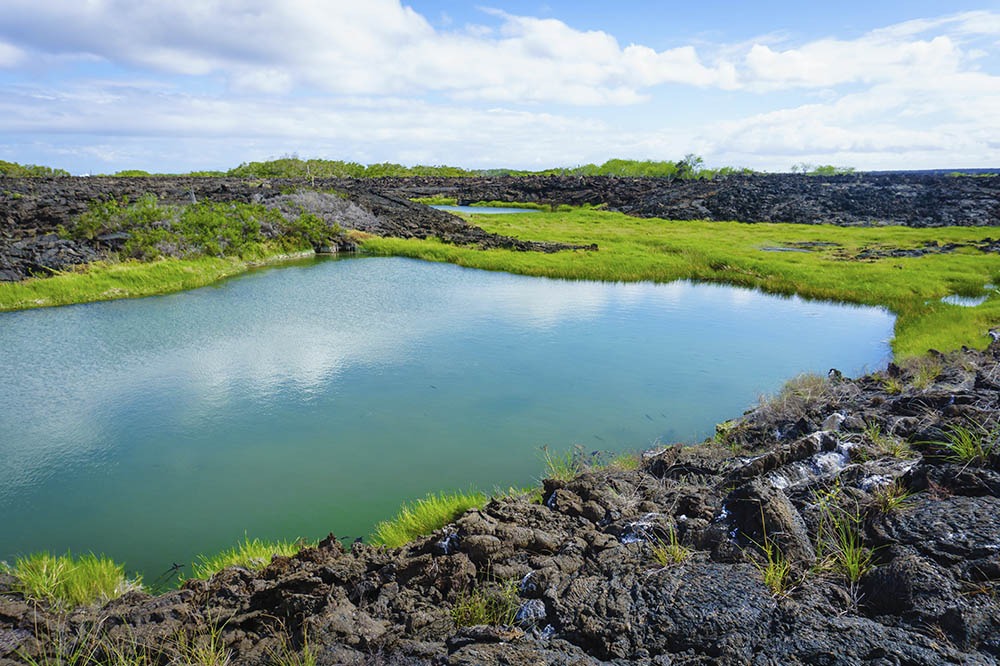Day by day
Map

Preview

Preview

Preview
Cruise Includes
Cabin accommodation
All meals and snacks
Open bar policy
Captains cocktail hour and daily briefings
Guided shore excursions
Use of snorkeling equipment
Use of wet suit
Use of Kayaks
Stand up paddle boards and transfers between the airport and dock in Galapagos (Sundays only)
Satellite communications (Wi-Fi) – Available 24/7 and limited to one PIN per cabin.
Cruise does not include
Gratuities for guides and crew
Premium alcoholic beverages
Light laundry service
Galapagos entrance fee (park tax)
INGALA Transit card (TCT)
Highlights
Enjoy lava tunnels, wild tortoises, tortoise breeding center.
Enjoy penguins, blue-footed boobies, terns, Nazca boobies, sea lions.; snorkeling: sea turtles, rays and puffer fish.
Enjoy great exhibit about the archipielago's Human History
Itinerary B
From USD 10250,00